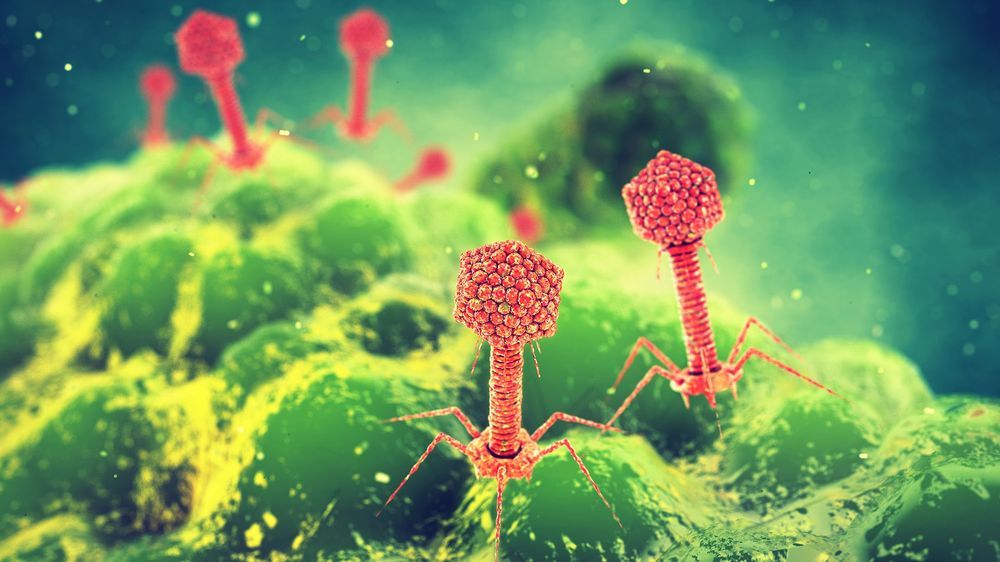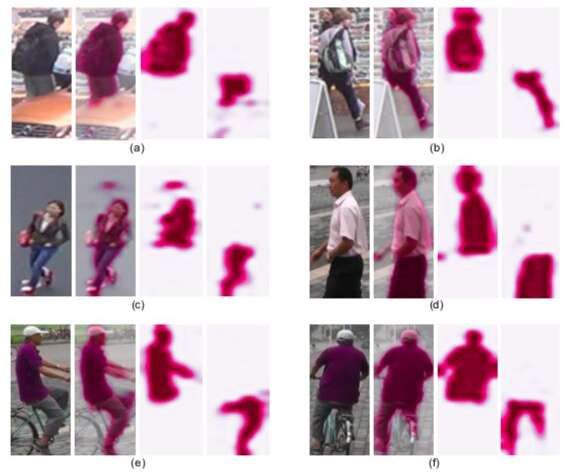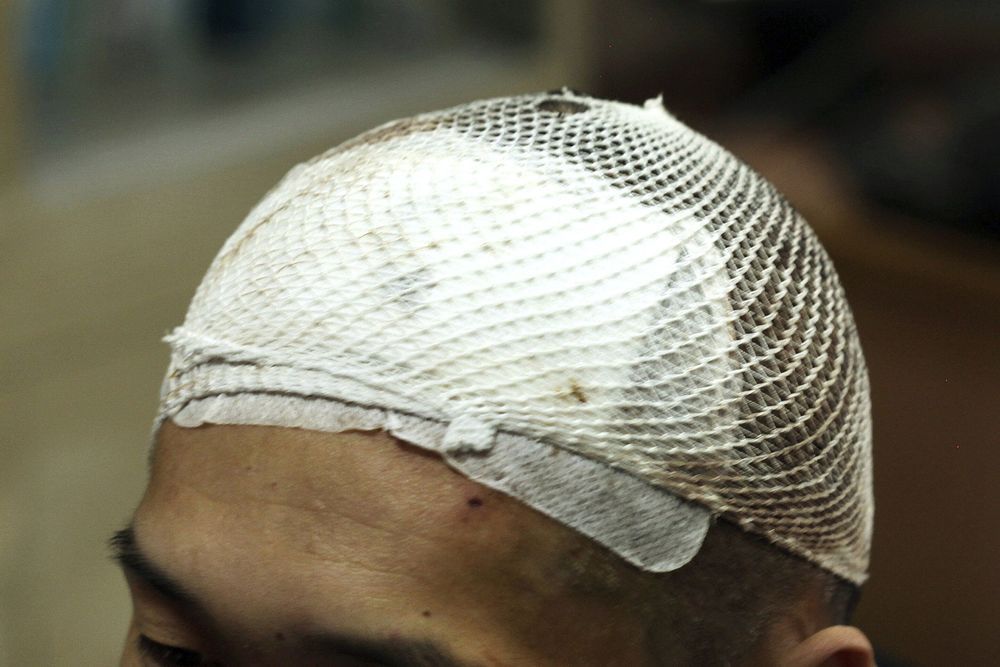Page 8866
May 8, 2019
Genetic therapy heals damage caused by heart attack
Posted by Quinn Sena in categories: biotech/medical, genetics, health
Researchers from King’s College London have found that therapy that can induce heart cells to regenerate after a heart attack.
Myocardial infarction, more commonly known as a heart attack, caused by the sudden blocking of one of the cardiac coronary arteries, is the main cause of heart failure, a condition that now affects over 23 million population in the world, according to the World Health Organisation.
At present, when a patient survives a heart attack, they are left with permanent structural damage to their heart through the formation of a scar, which can lead to heart failure in the future. In contrast to fish and salamander, which can regenerate the heart throughout life.
Continue reading “Genetic therapy heals damage caused by heart attack” »
May 8, 2019
A multi-scale body-part mask guided attention network for person re-identification
Posted by Quinn Sena in categories: robotics/AI, security
Person re-identification entails the automated identification of the same person in multiple images from different cameras and with different backgrounds, angles or positions. Despite recent advances in the field of artificial intelligence (AI), person re-identification remains a highly challenging task, particularly due to the many variations in a person’s pose, as well as other differences associated with lighting, occlusion, misalignment and background clutter.
Researchers at the Suning R&D Center in the U.S. have recently developed a new technique for person re-identification based on a multi-scale body-part mask guided attention network (MMGA). Their paper, pre-published on arXiv, will be presented during the 2019 CVPR Workshop spotlight presentation in June.
“Person re-identification is becoming a more and more important task due to its wide range of potential applications, such as criminal investigation, public security and image retrieval,” Honglong Cai, one of the researchers who carried out the study, told TechXplore. “However, it remains a challenging task, due to occlusion, misalignment, variation of poses and background clutter. In our recent study, our team tried to develop a method to overcome these challenges.”
May 8, 2019
China Stole NSA Cyberweapons and Used Them Against US Allies
Posted by Quinn Sena in categories: cybercrime/malcode, privacy
May 8, 2019
Wasps are smarter than we thought, new study shows
Posted by Quinn Sena in category: futurism
Summer is approaching in the northern hemisphere, heralding the return of that great scourge of al fresco diners everywhere: the wasp.
Now, a new study out of the University of Michigan reveals that the striped critters aren’t just pesky — they’re smart.
The research found that wasps can use a form of logical reasoning to infer unknown relationships from known relationships, according to a press release.
Continue reading “Wasps are smarter than we thought, new study shows” »
May 8, 2019
Wireless movement-tracking system could collect health and behavioral data
Posted by Quinn Sena in categories: health, information science
We live in a world of wireless signals flowing around us and bouncing off our bodies. MIT researchers are now leveraging those signal reflections to provide scientists and caregivers with valuable insights into people’s behavior and health.
The system, called Marko, transmits a low-power radio-frequency (RF) signal into an environment. The signal will return to the system with certain changes if it has bounced off a moving human. Novel algorithms then analyze those changed reflections and associate them with specific individuals.
The system then traces each individual’s movement around a digital floor plan. Matching these movement patterns with other data can provide insights about how people interact with each other and the environment.
Continue reading “Wireless movement-tracking system could collect health and behavioral data” »
May 8, 2019
Broccoli sprout compound may restore brain chemistry imbalance linked to schizophrenia
Posted by Quinn Sena in categories: biotech/medical, chemistry, neuroscience
In a series of recently published studies using animals and people, Johns Hopkins Medicine researchers say they have further characterized a set of chemical imbalances in the brains of people with schizophrenia related to the chemical glutamate. And they figured out how to tweak the level using a compound derived from broccoli sprouts.
They say the results advance the hope that supplementing with broccoli sprout extract, which contains high levels of the chemical sulforaphane, may someday provide a way to lower the doses of traditional antipsychotic medicines needed to manage schizophrenia symptoms, thus reducing unwanted side effects of the medicines.
“It’s possible that future studies could show sulforaphane to be a safe supplement to give people at risk of developing schizophrenia as a way to prevent, delay or blunt the onset of symptoms,” adds Akira Sawa, M.D., Ph.D., professor of psychiatry and behavioral sciences at the Johns Hopkins University School of Medicine and director of the Johns Hopkins Schizophrenia Center.
May 8, 2019
There’s a Global Crackdown on the Dark Web Happening Right Now
Posted by Quinn Sena in category: futurism
May 8, 2019
Bad News, NASA: Astronauts’ Brains Are Filling With Liquid
Posted by Quinn Sena in category: neuroscience
May 8, 2019
Doctors eye deep brain stimulation to treat opioid addiction
Posted by Quinn Sena in categories: biotech/medical, neuroscience
Patient Number One is a thin man, with a scabby face and bouncy knees. His head, shaved in preparation for surgery, is wrapped in a clean, white cloth.
Years of drug use cost him his wife, his money and his self-respect, before landing him in this drab yellow room at a Shanghai hospital, facing the surgeon who in 72 hours will drill two small holes in his skull and feed electrodes deep into his brain.
The hope is that technology will extinguish his addiction, quite literally, with the flip of a switch.
Continue reading “Doctors eye deep brain stimulation to treat opioid addiction” »

















